Heart DefinitionIntroductionThe muscular organ that pumps blood throughout the body is the heart. It is located in the chest, between the lungs, and is roughly the size of a fist. The four chambers that make up the heart are the right atrium, right ventricle, left atrium, and left ventricle. Blood is pumped into the heart's two ventricles from the two atria, then dispersed to the rest of the body. Function of HeartsThe body's tissues utilize the oxygen the blood from the lungs carries to make energy. Carbon dioxide, a waste, is also carried by it. Blood also contains other vital components for the body's processes, such as nutrients, hormones, and other chemicals. Blood is pumped through the bodysuit by the heart, a muscular organ, and then returned to the lungs for breath. The heart is the body's most important muscle, continuously delivering oxygen and nutrients to all of the body's cells. 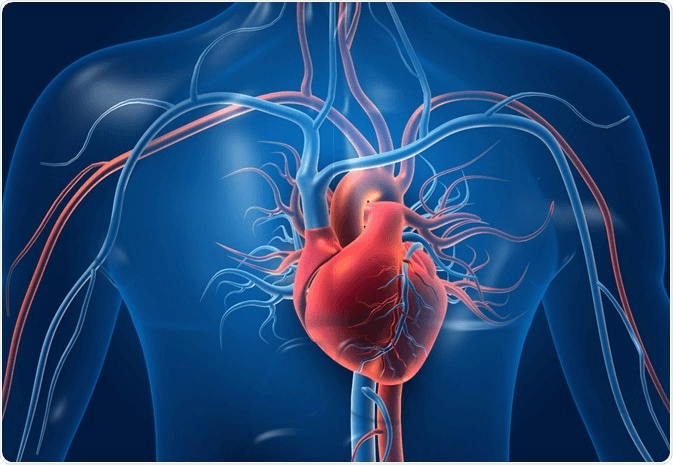
The electrical system that controls the heart's chamber contractions provides electricity to the unit. The sinoatrial (SA) node in the right atrium is a specific set of cells regulating this electrical system. The SA node produces electrical signals that travel through the atria and trigger the atria to contract. The atrioventricular (AV) node, which is situated between the atria and the ventricles, receives the electrical signals. The AV node then sends the electrical signals down specialized pathways called bundle branches, which reach the ventricles and trigger them to contract. As a result, the signals are slowed down, and the flow of electrical impulses to the ventricles is controlled. The heart muscle must work efficiently and coordinate with the rest of the body's systems. To do this, the heart is regulated by the nervous system and by hormones produced by the endocrine system. Hormones such as adrenaline, noradrenaline, and thyroid hormone also regulate the heart's functions. The sympathetic nervous system raises blood pressure and heart rate to trigger the "fight or flight" response. On the other hand, the parasympathetic nervous system slows the heart rate and lowers blood pressure. Structure of Heart in DetailThe structure of the human heart is highly organized and consists of several distinct parts that work together to perform the important functions of blood circulation. The following are the heart's main parts: 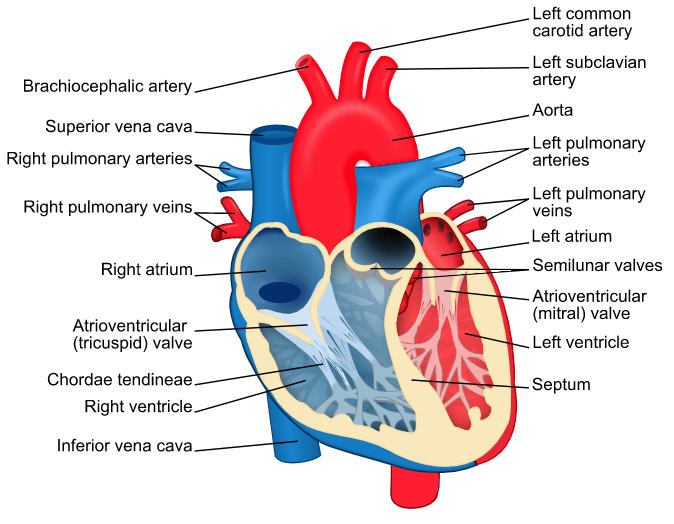
Each of these components of the heart works together to ensure the proper functioning of the heart and blood circulation throughout the body. Understanding the heart's structure is important for understanding how it works and the various conditions that can affect it. A Heart-Related IssueThe arteries that feed the heart muscle with oxygen and nutrients branch off the aorta, the main blood channel that transports blood from the heart. The heart also has its blood supply provided by the coronary arteries. The coronary arteries can become narrow or blocked, a condition known as coronary artery disease, which can lead to a heart attack. When the blood supply to a section of the heart muscle is cut off, the affected section dies, resulting in a heart attack. 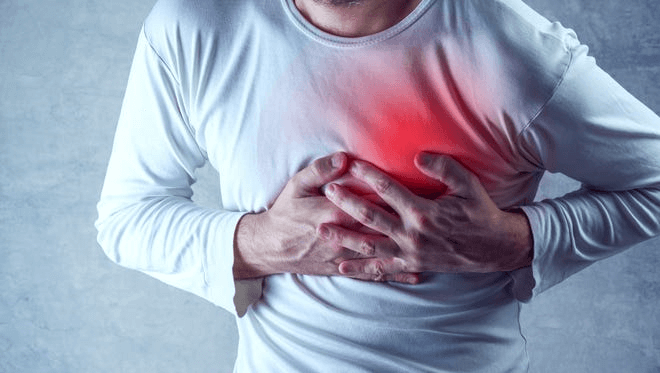
Arrhythmias are abnormal heart rhythms that can cause the too slow, heart to beat too fast or irregularly. The heart can also be affected by other conditions, such as heart valve disease, heart rhythm disorders (arrhythmias), and congenital heart disease (heart defects present at birth). When one or more of the heart's valves break and obstruct the regular flow of blood through the heart, heart valve disease results. When the heart or the blood channels close to the heart do not grow correctly before birth, congenital heart disease is a problem that results. In addition to medical conditions, lifestyle factors such as diet, exercise, and smoking can also affect the heart's health. A diet high in fat and cholesterol and low in fiber and nutrients can increase the risk of heart disease. Sedentary lifestyles and a lack of exercise can also cause heart disease. Smoking increases the risk of heart attack and stroke by harming the heart and blood vessels. A Few Facts Related to Heart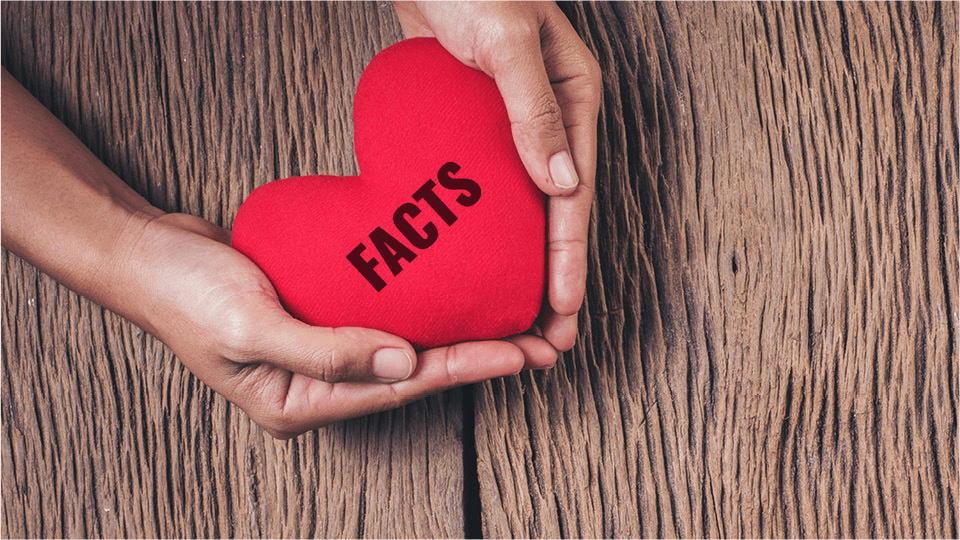
The human heart is a vital organ responsible for pumping blood throughout the body, and it plays a crucial role in maintaining health and is often referred to as the "engine" of the human body. Here are some key facts about the human heart:
A Few Common Myths About the Heart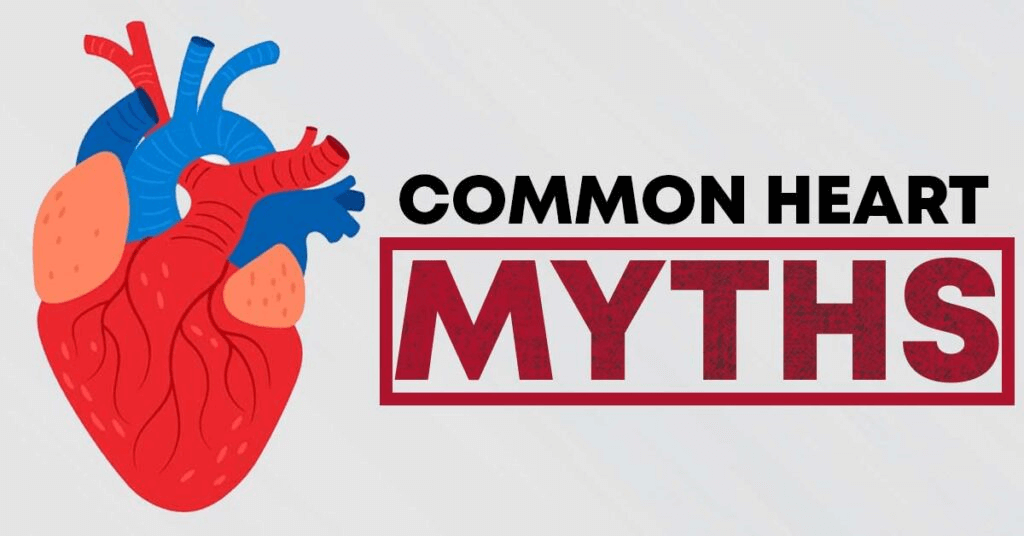
Here are a few common myths about the heart:
ConclusionIn conclusion, the heart is an important and complicated organ that pumps blood throughout the body and provides oxygen and nutrition to vital organs. It is essential to sustaining good health. The heart comprises several parts, including the atria, ventricles, septum, valves, coronary arteries, and blood vessels. Maintaining a healthy heart is essential for overall well-being and quality of life. Despite its importance, there are many misconceptions and myths about the heart, and it's important to have accurate information to promote good heart health. The heart may be kept healthy through regular checkups, a healthy lifestyle, and quick medical attention.
Next TopicPersonality Definition
|
 For Videos Join Our Youtube Channel: Join Now
For Videos Join Our Youtube Channel: Join Now
Feedback
- Send your Feedback to [email protected]
Help Others, Please Share










